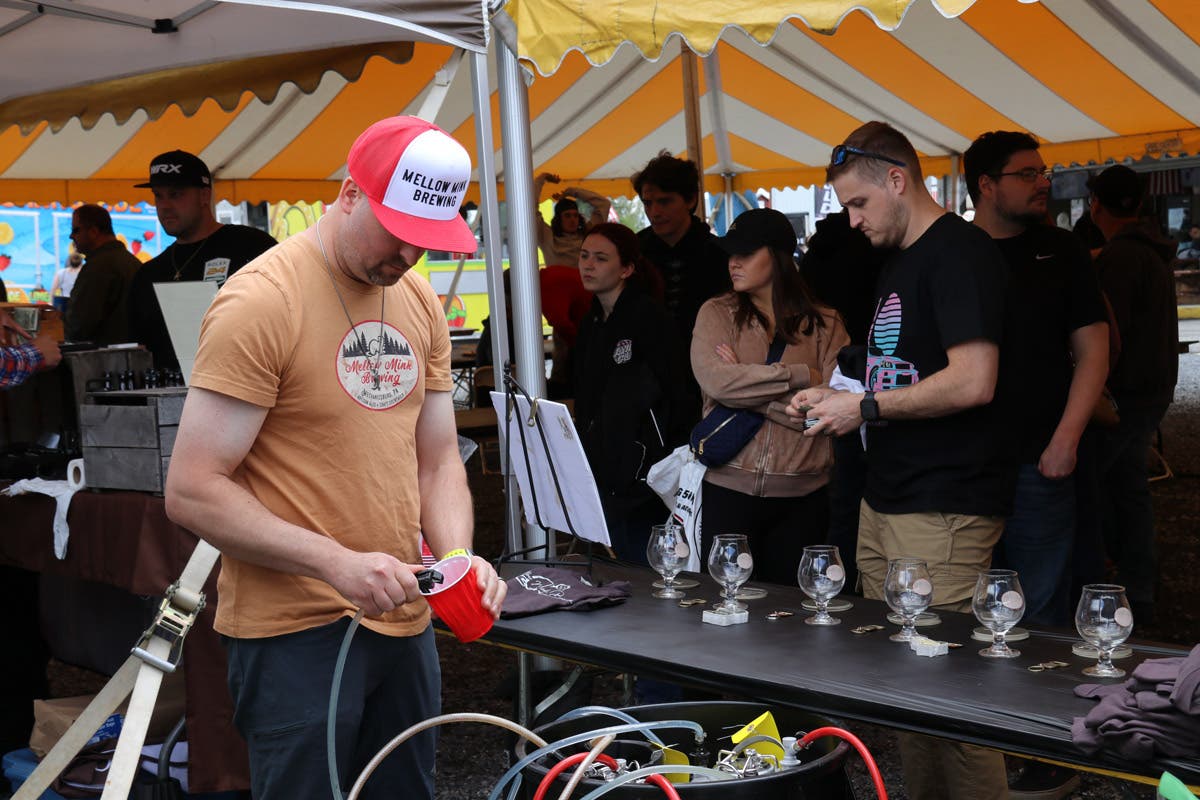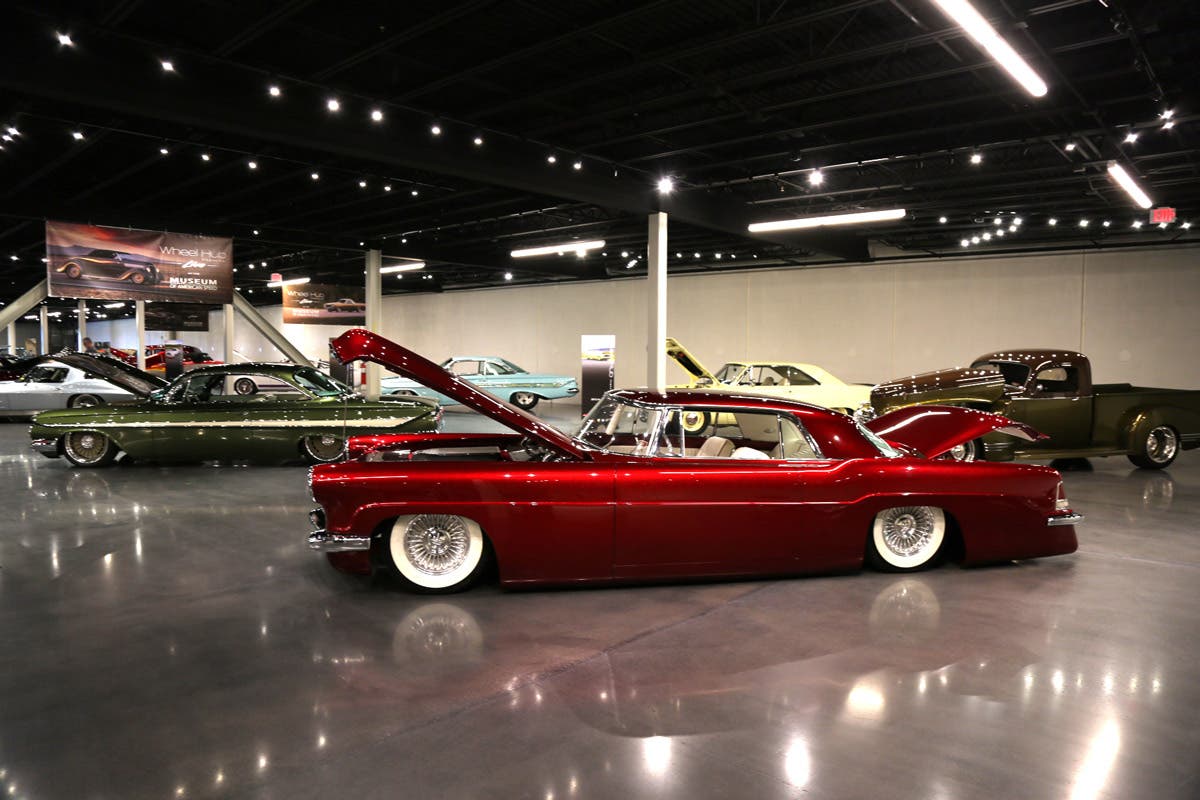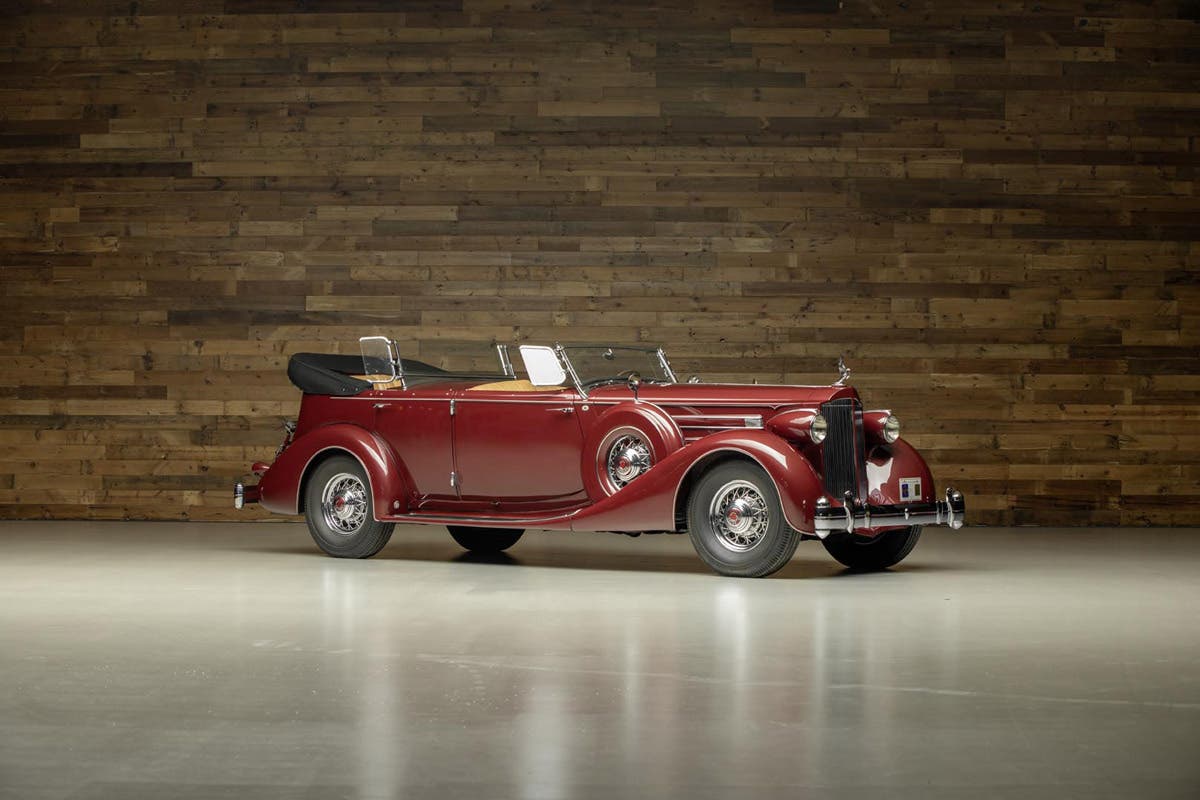The history of SEMA
SEMA started when Revell model company needed permission to print miniature decals for its car-model kits. At that time there was no organization to deal with auto aftermarket trade problems….
SEMA started when Revell model company needed permission to print miniature decals for its car-model kits. At that time there was no organization to deal with auto aftermarket trade problems. Revell suggested using a model makers association as a model for a trade group. That group became known as the Speed Equipment Manufacturers Assoc. It was incorporated in May 1963.
Cam maker Ed Iskenderian was SEMA’s first president. All of the other early members were in the hot rod industry. They included Ansen Automotive, B&M, Cragar, Eelco., Grant Industries, Isky Cams, Milodon Engineering, Moon, Schiefer, Trans Dapt, Weber Speed Equipment, Weiand Racing, and Dempsey Wilson Cams. In 1970, Earl Kitner, SEMA’s lawyer, suggested dropping “speed” from the name and SEMA became the Specialty Equipment Marketing Assoc.
Hot Rod magazine publisher “Pete” Petersen produced the first official SEMA Show in 1967 at Dodger Stadium. A year later the show moved to the new Anaheim Stadium. Then, in 1977, it got so big it moved to the Vegas Convention Center. Today, it has become the largest convention held in Las Vegas.
Although the show has a heavy hot rod presence and a restoration marketplace section, the growth in recent years seems to be coming from pickup trucks, off-road vehicles, shop equipment, tires and wheels and other far-reaching areas of the automotive aftermarket. Custom motorcycles have also become a trend at SEMA. As these photos show, almost anything with wheels—especially giant-size wheels—is likely to show up at SEMA today.








